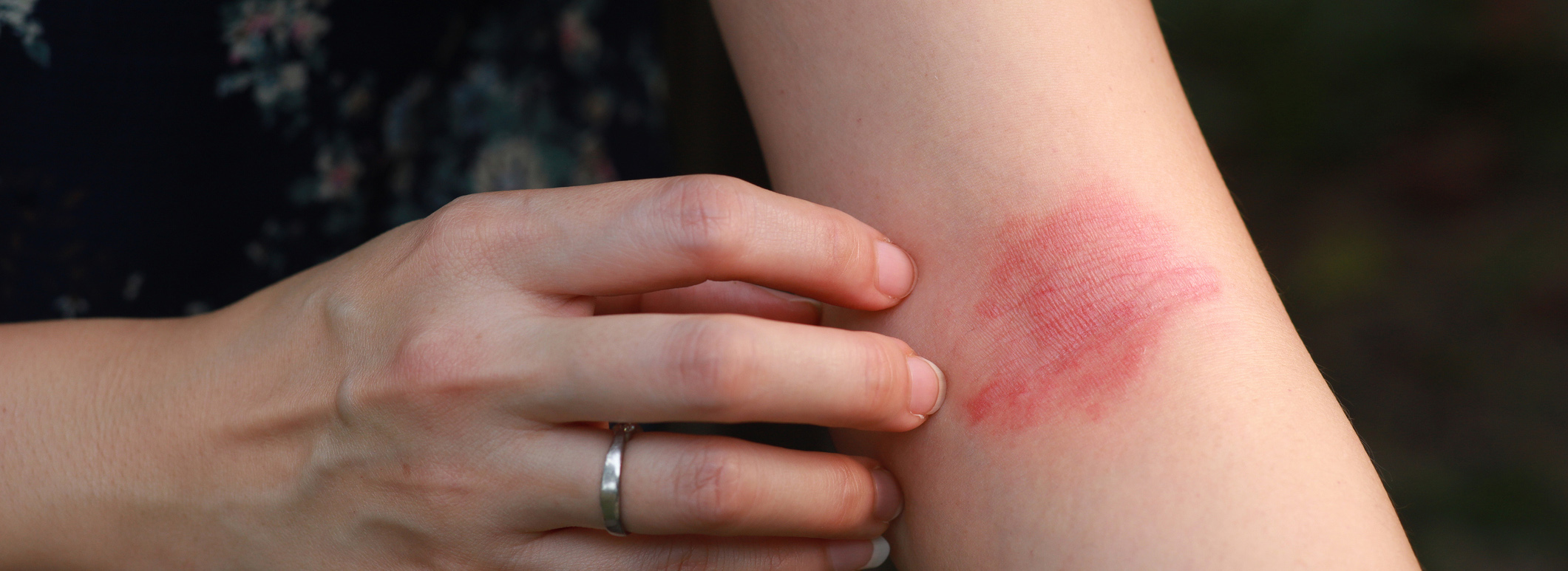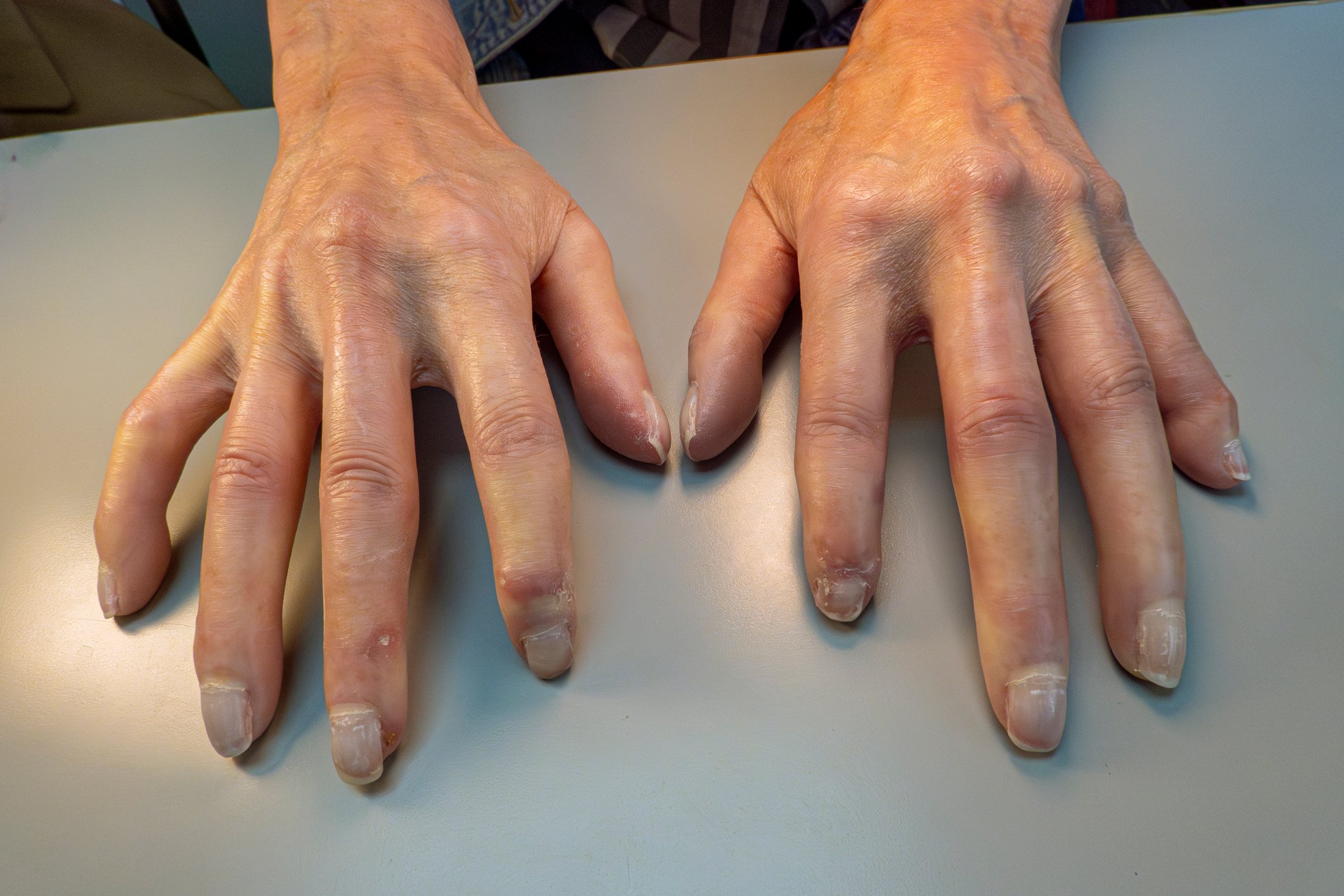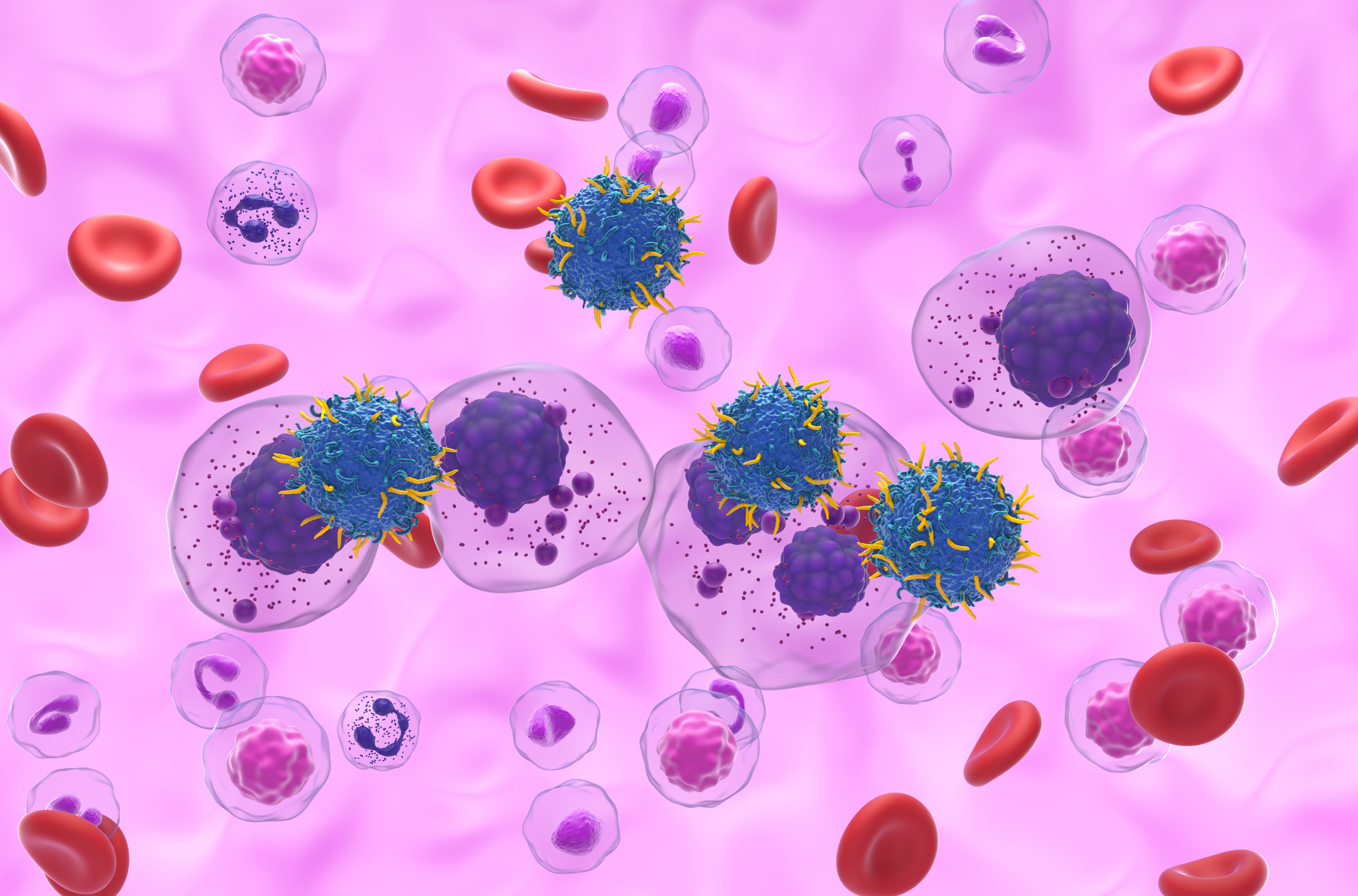One of the most common chronic diseases in children is type 1 diabetes mellitus (T1D), which is classified as an autoimmune disease and is caused by the destruction of insulin-producing beta cells in the endocrine pancreas. The need for subcutaneous insulin administration, the measurement of glucose levels and the adjustment of insulin doses to individual life situations, such as food intake or physical activity, are essential components of treatment. In order to better understand the associated requirements, it is first necessary to consider the general importance of physical activity in childhood and adolescence.
Autoren
- Sabrina Sanfilippo, M.Sc.
- Univ.-Prof. Priv.-Doz. Mag. Dr. Othmar Moser
- Dr. med. univ. Martin Tauschmann, PhD
Publikation
- InFo DIABETOLOGIE & ENDOKRINOLOGIE
Related Topics
You May Also Like
- TREATswitzerland Register
Evaluation of system therapies for AD
- Cardiogenic shock - 2025 update
Between standardization, team processes and targeted cycle support
- Collagenoses
Scleroderma – Current recommendations for diagnosis and therapy 2025
- Multiple sclerosis
Avoiding the nocebo trap with natalizumab biosimilars
- COPD and comorbidities
Exacerbation frequency is associated with cardiopulmonary disease burden
- Multiple myeloma
DREAMM-8: Key study in the development of BCMA therapy up to DREAMM-14
- Catheter ablation for atrial fibrillation 2025
Pulsed field versus radio frequency – where do we stand?
- Atopic dermatitis












